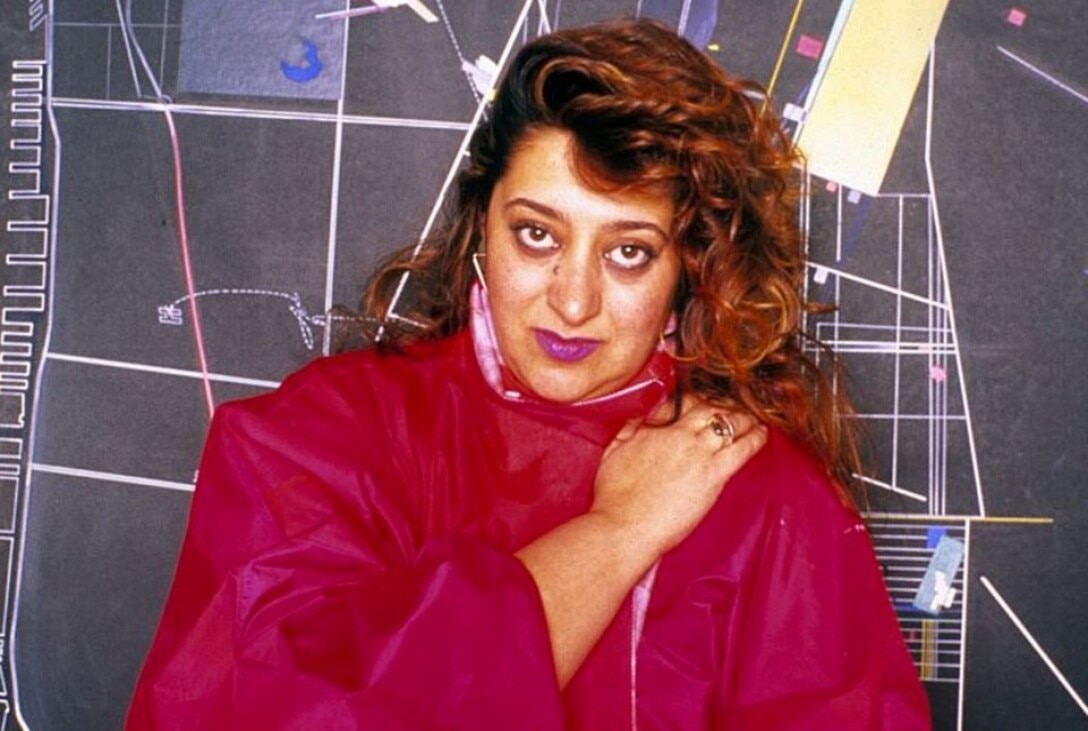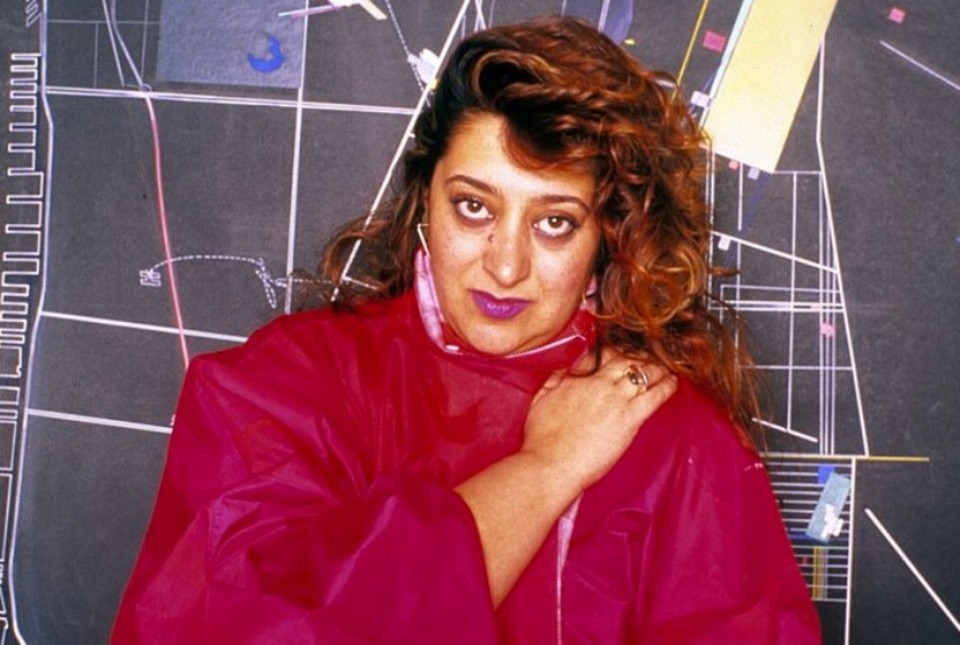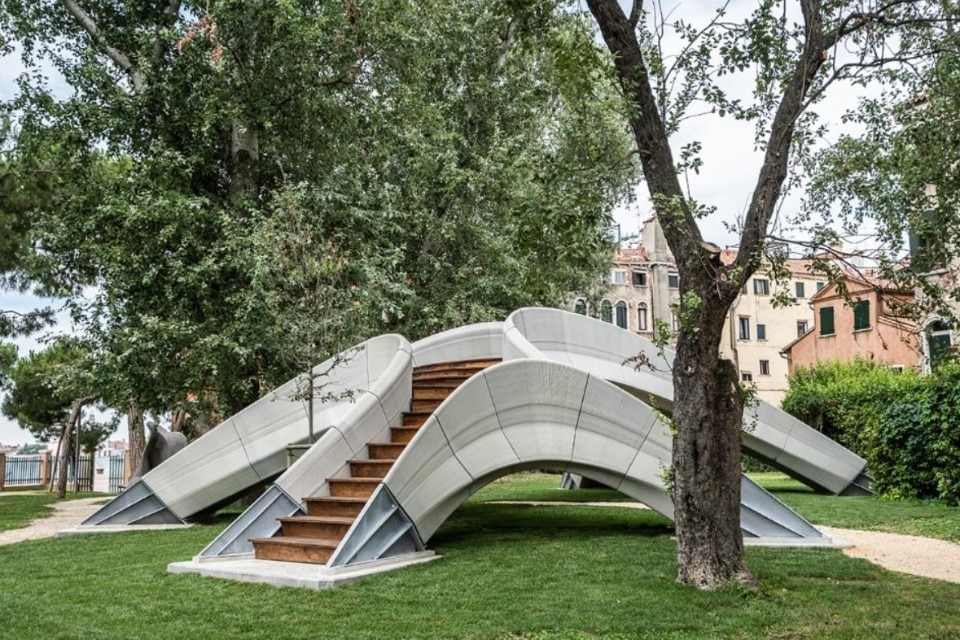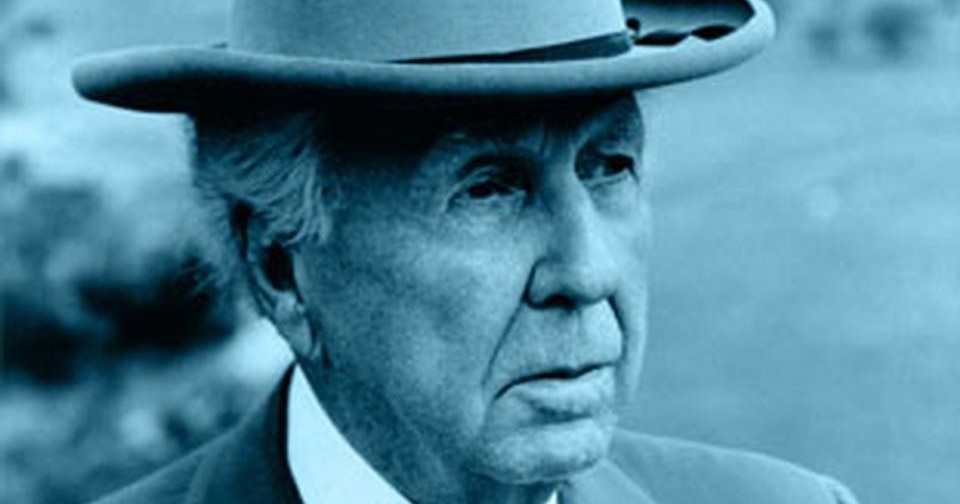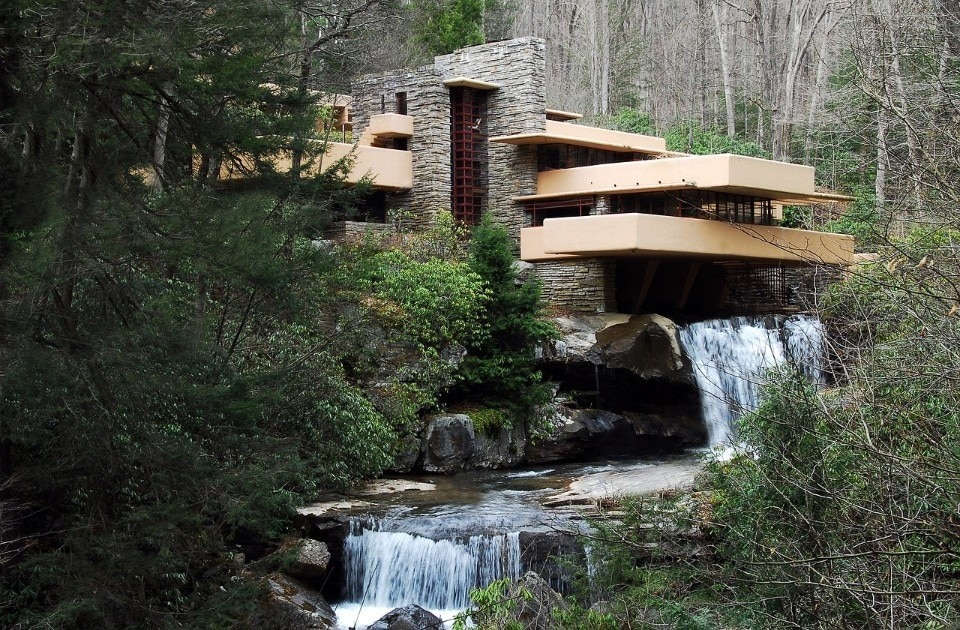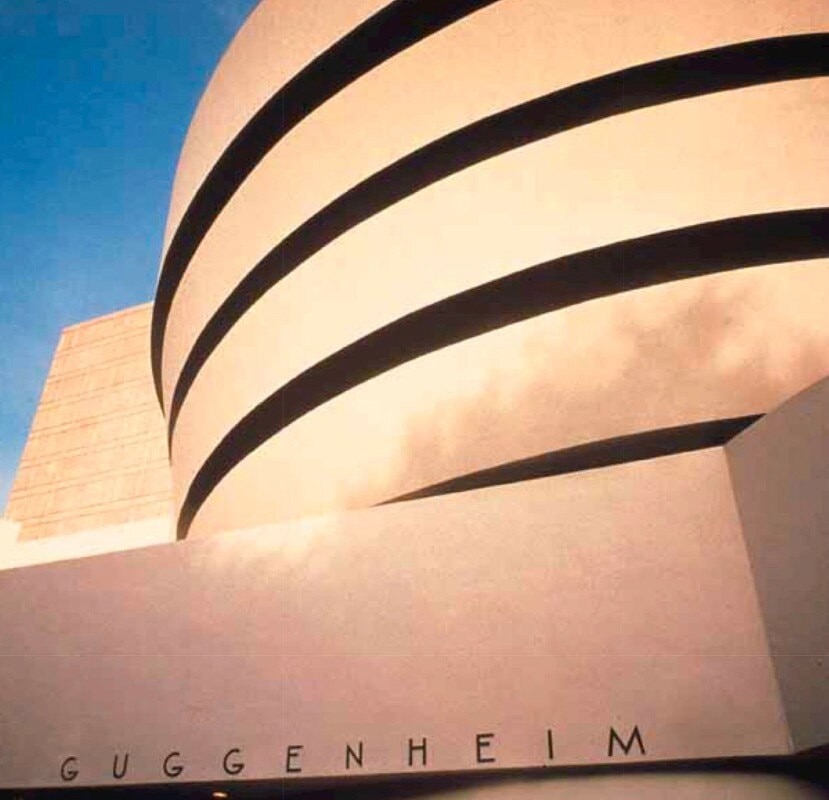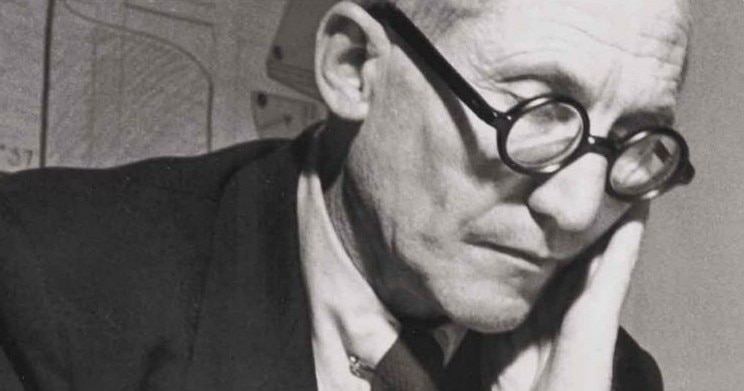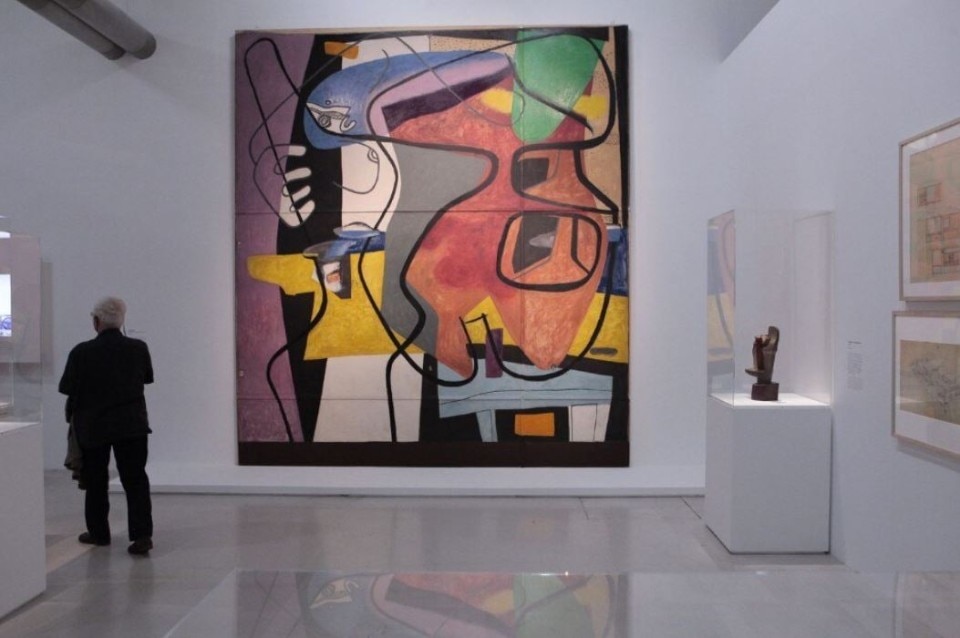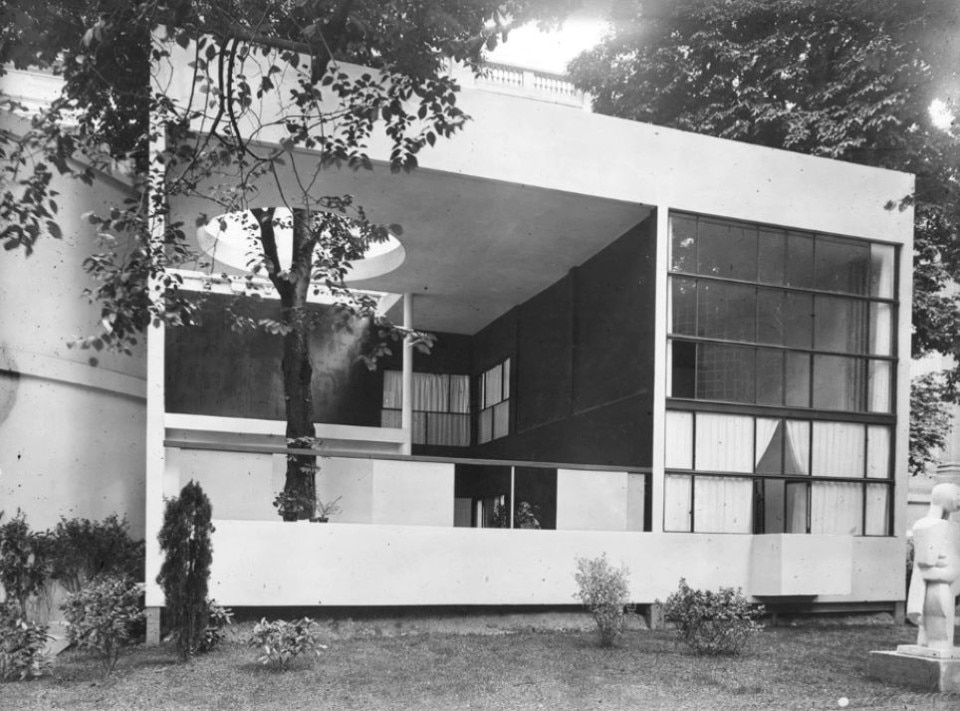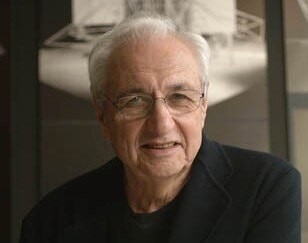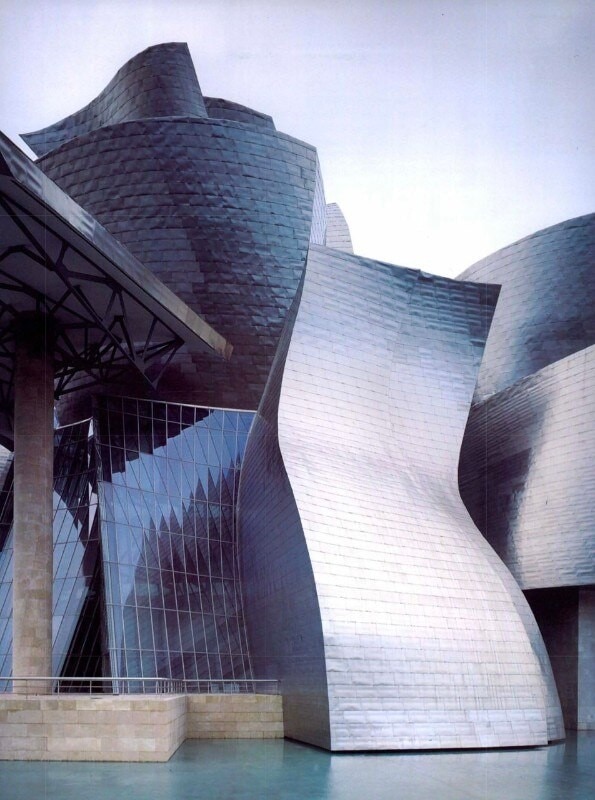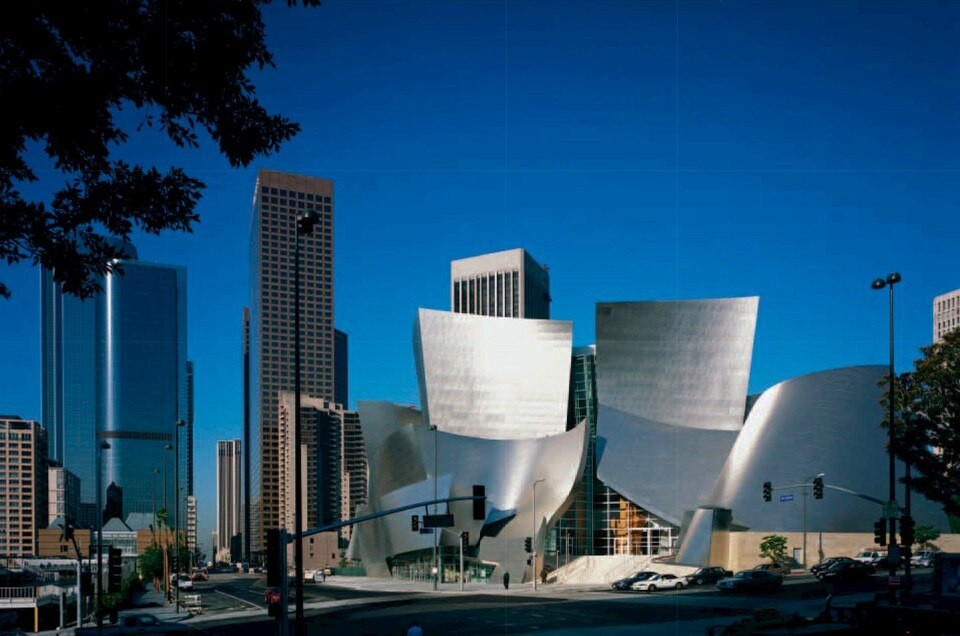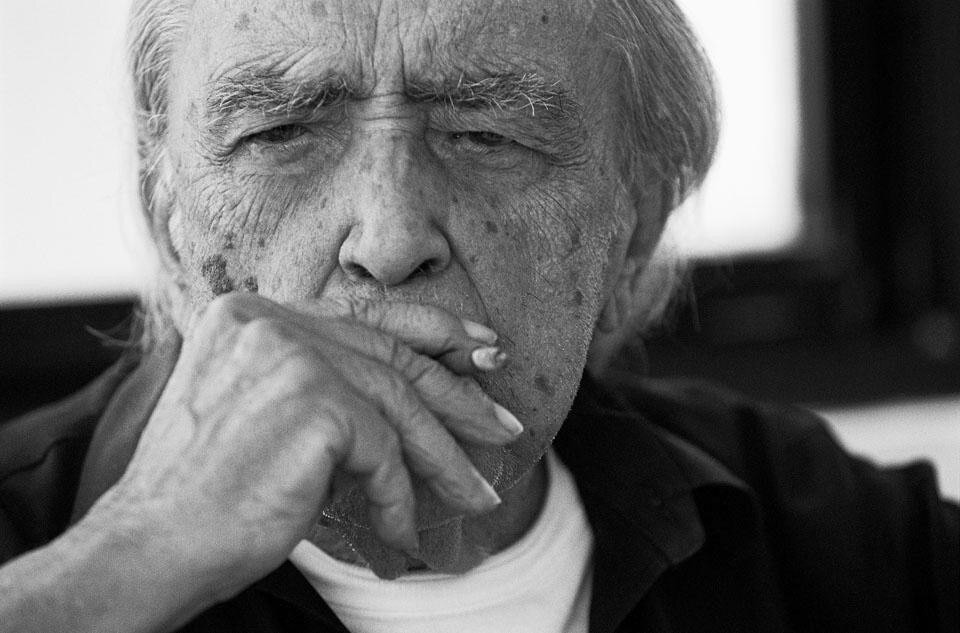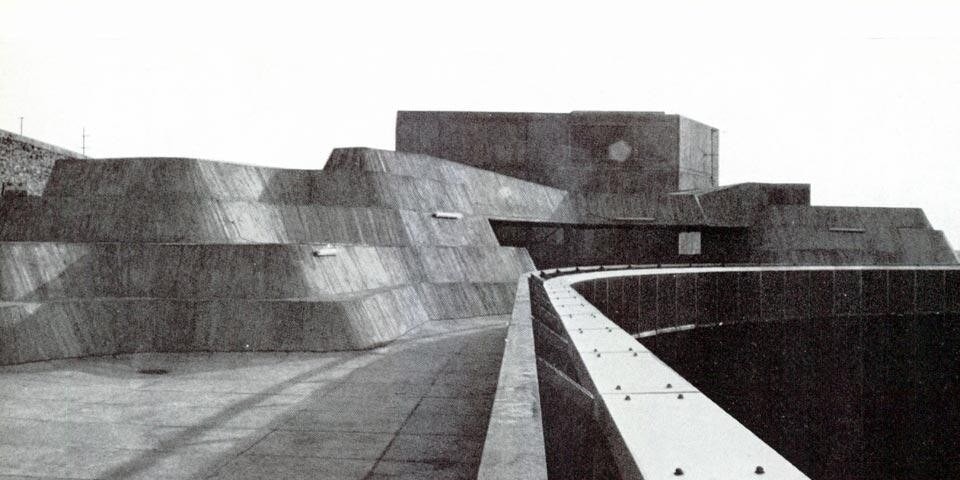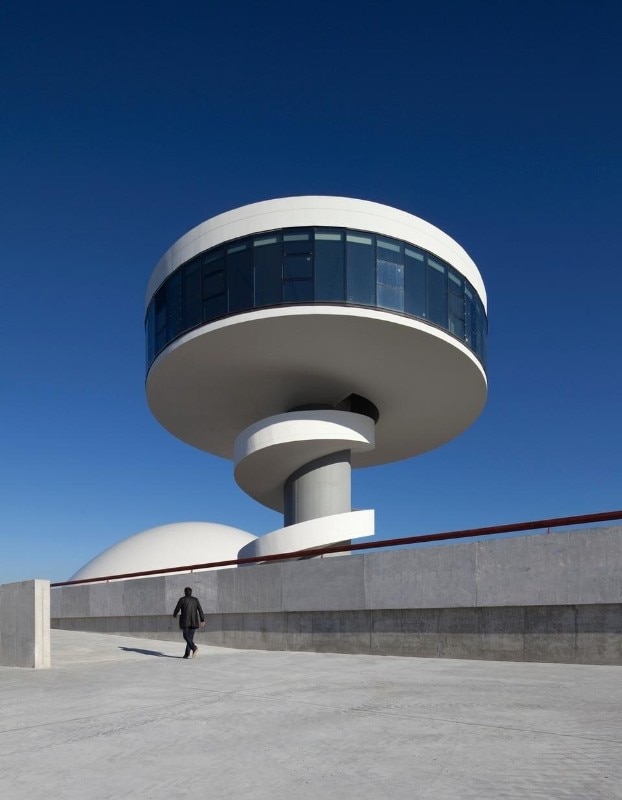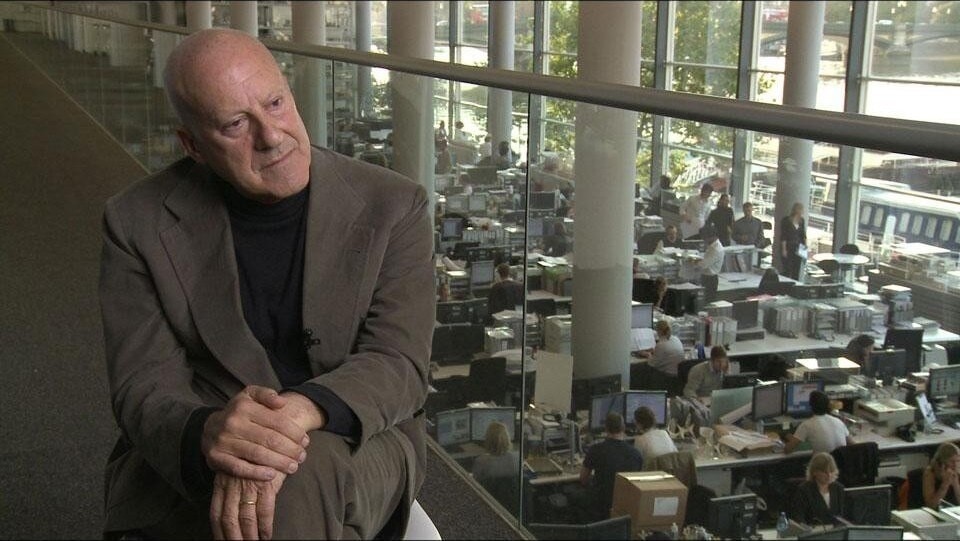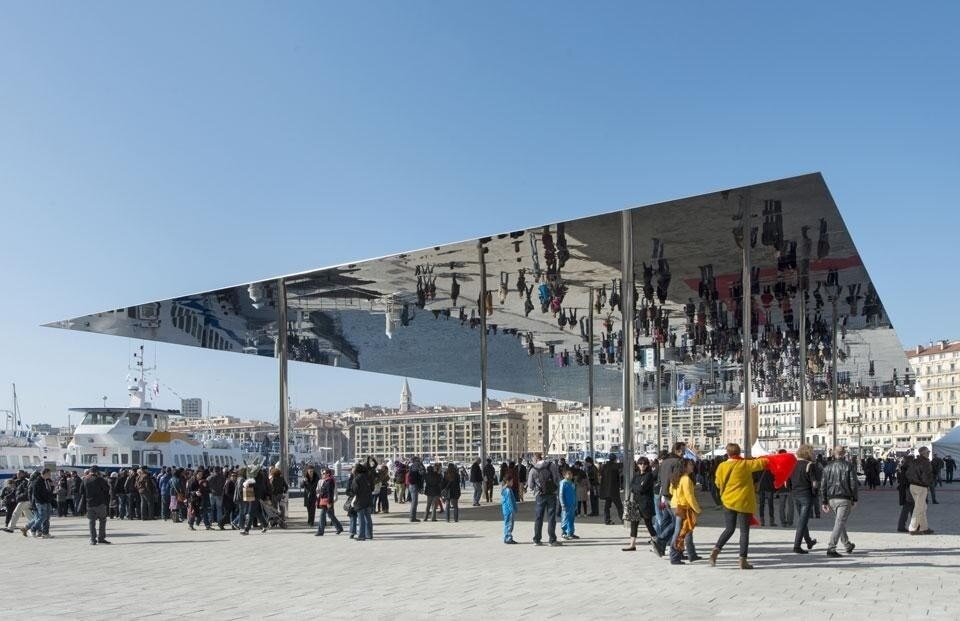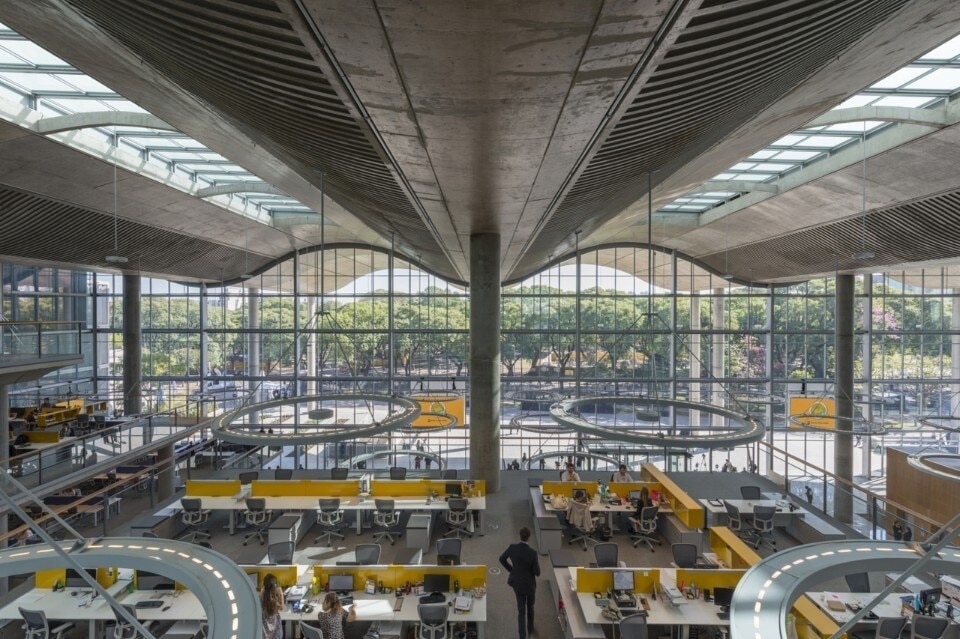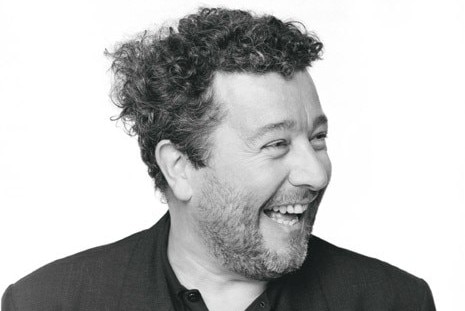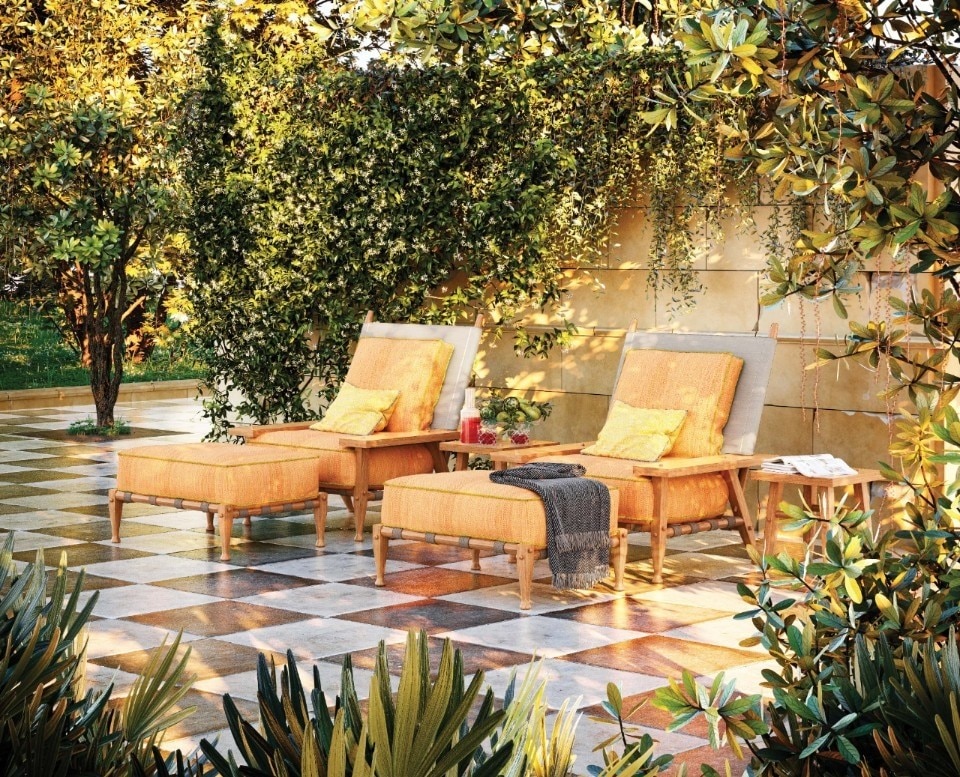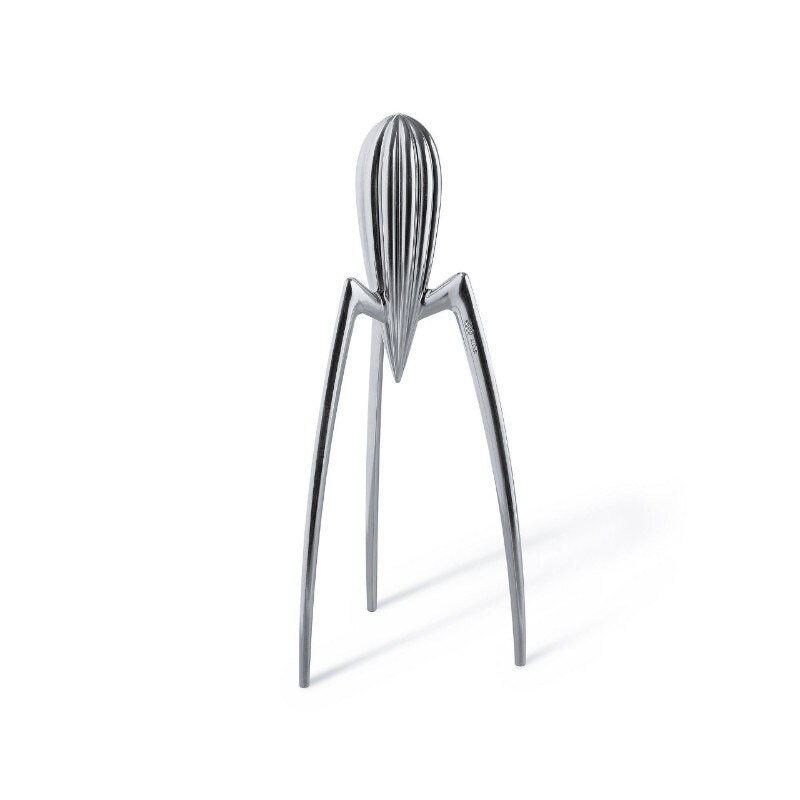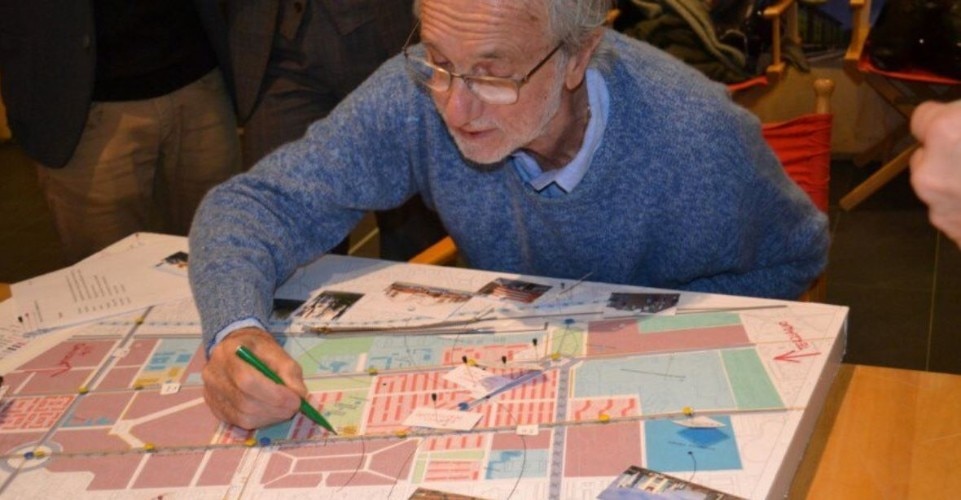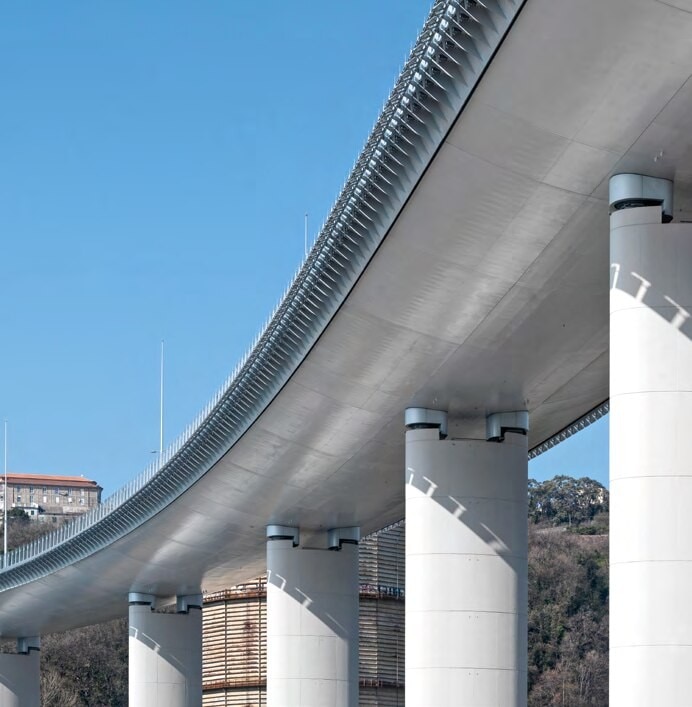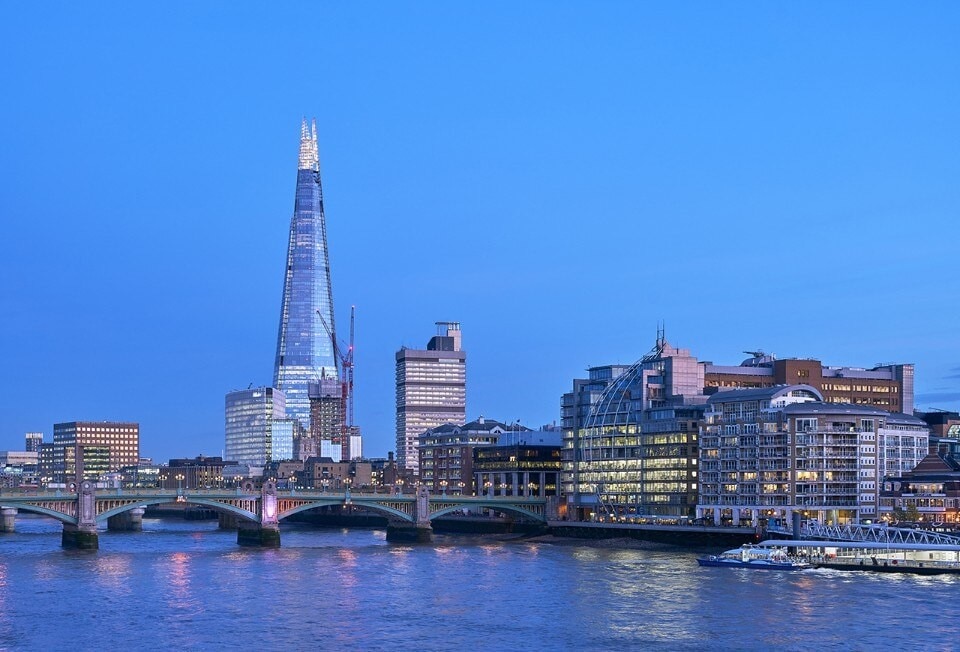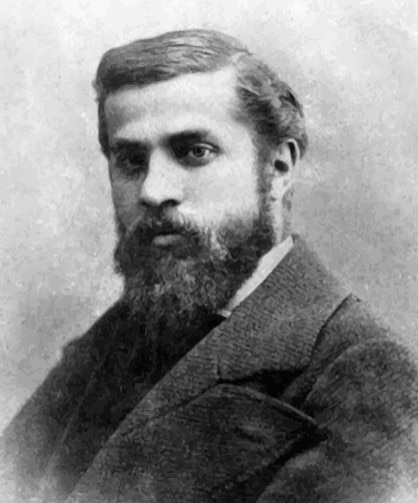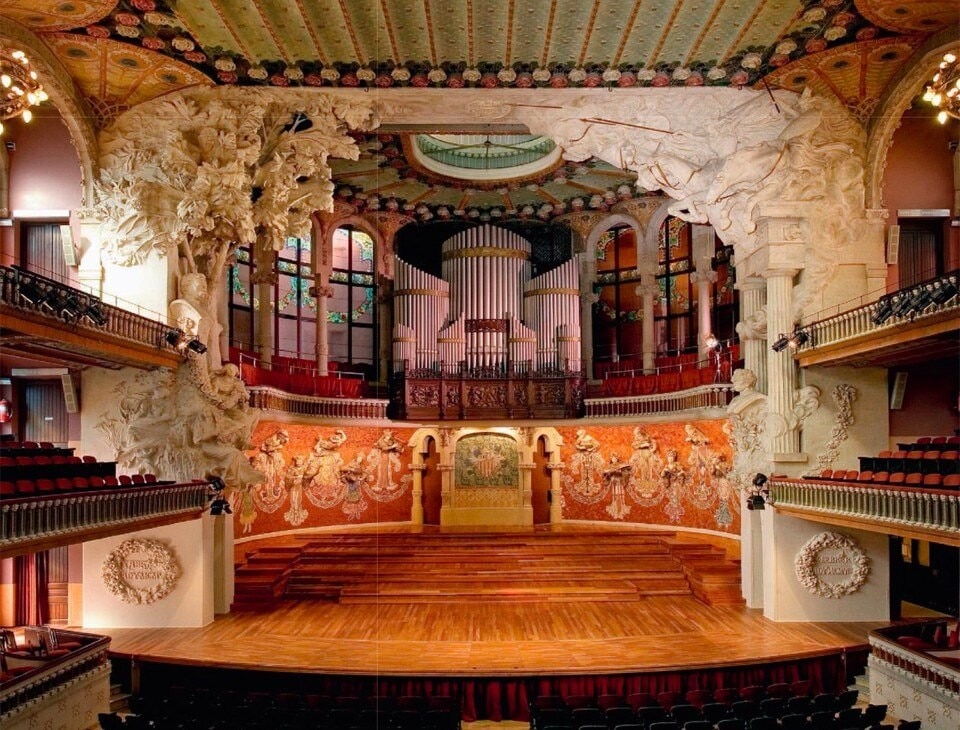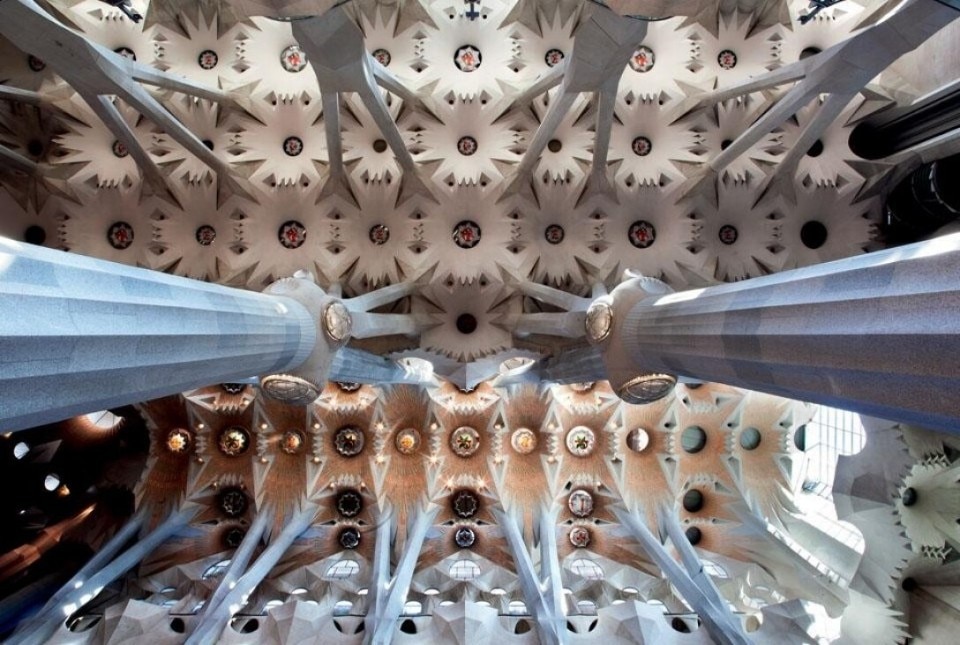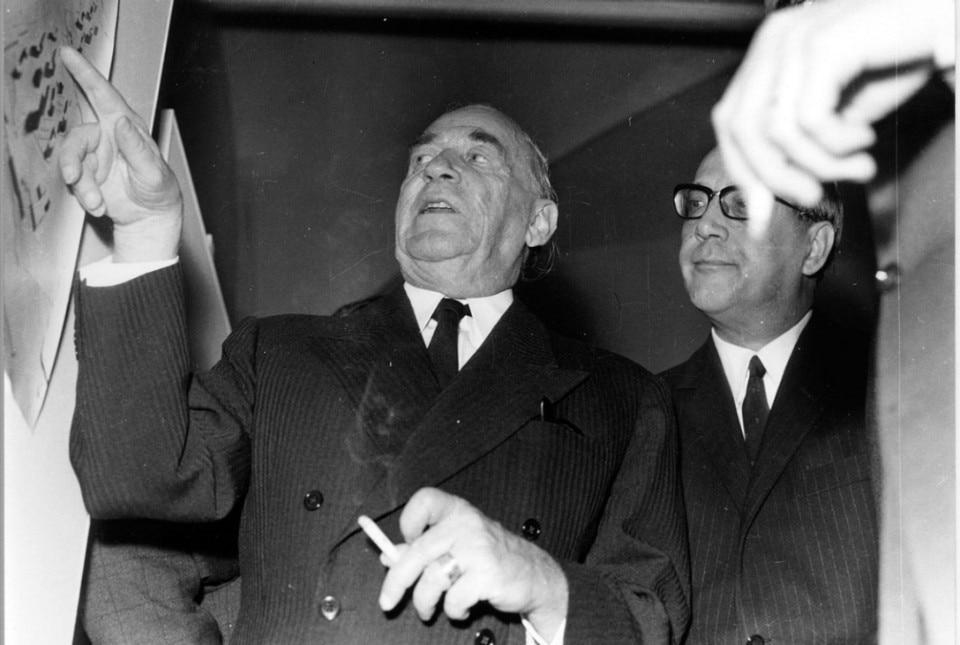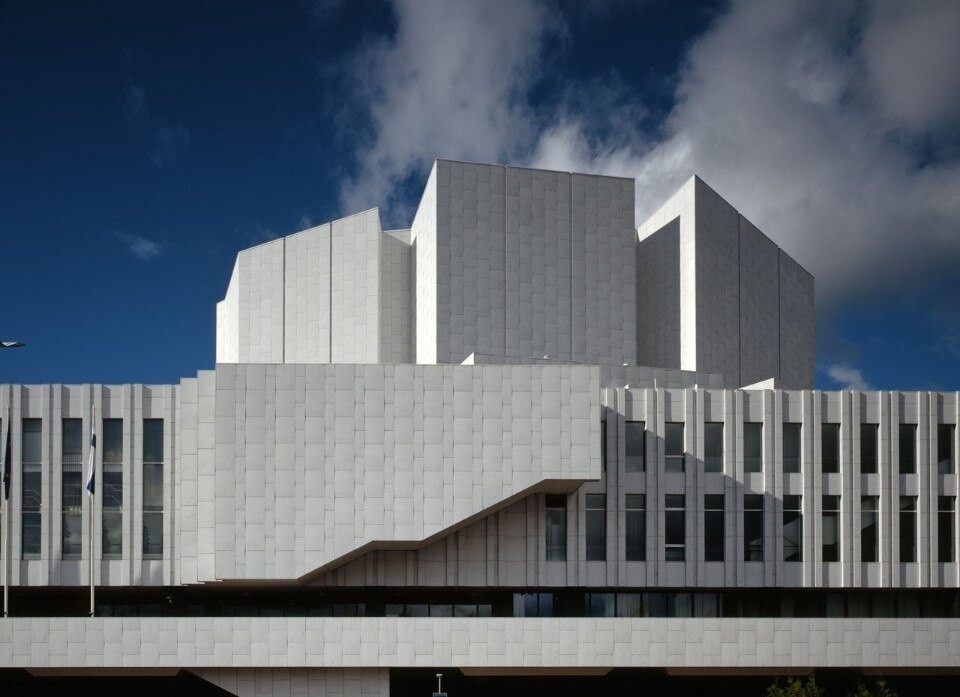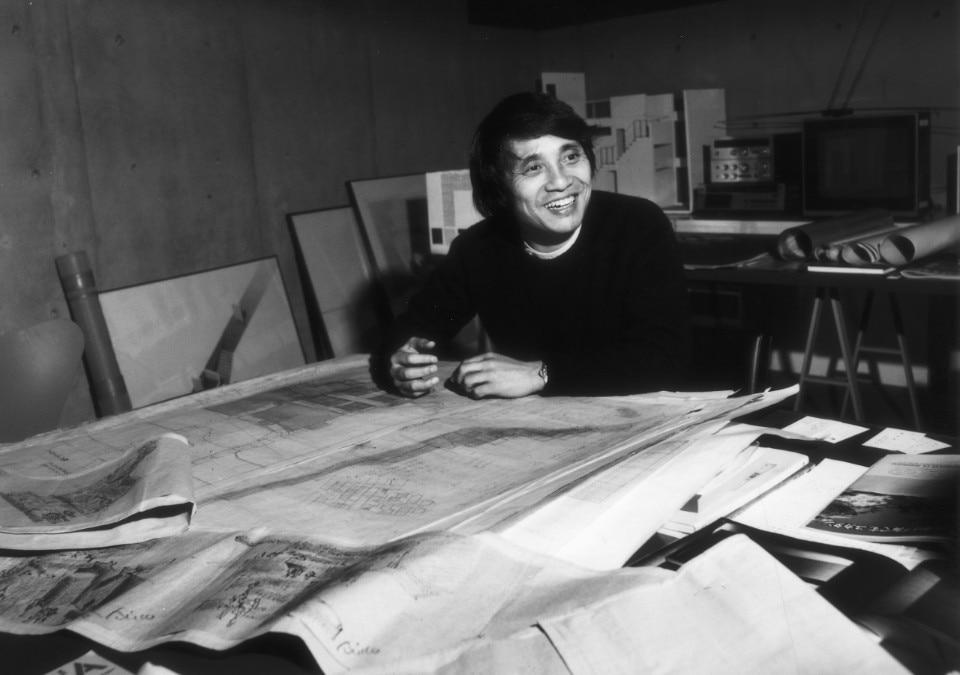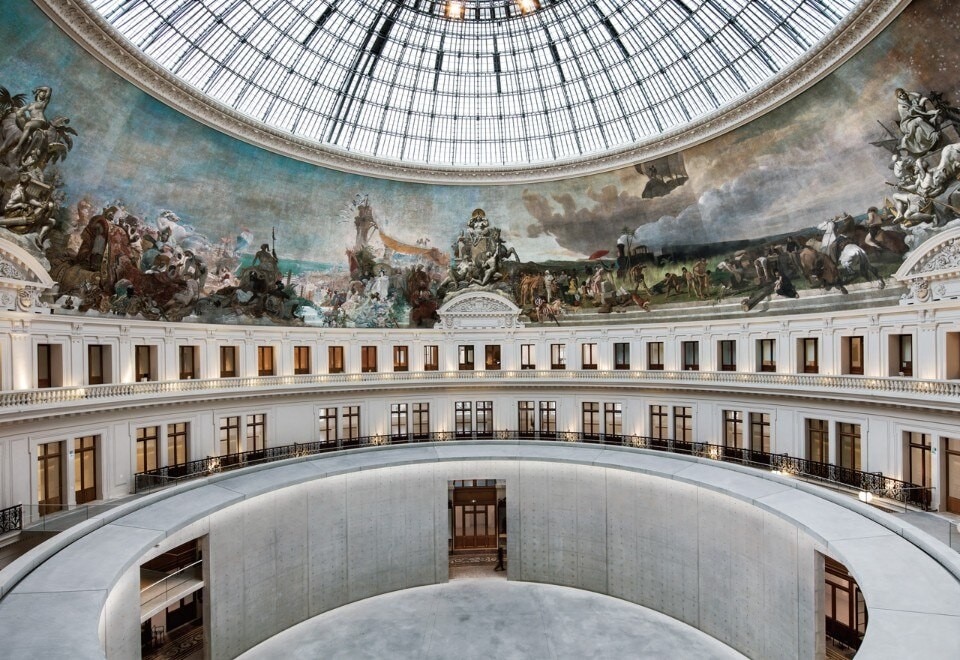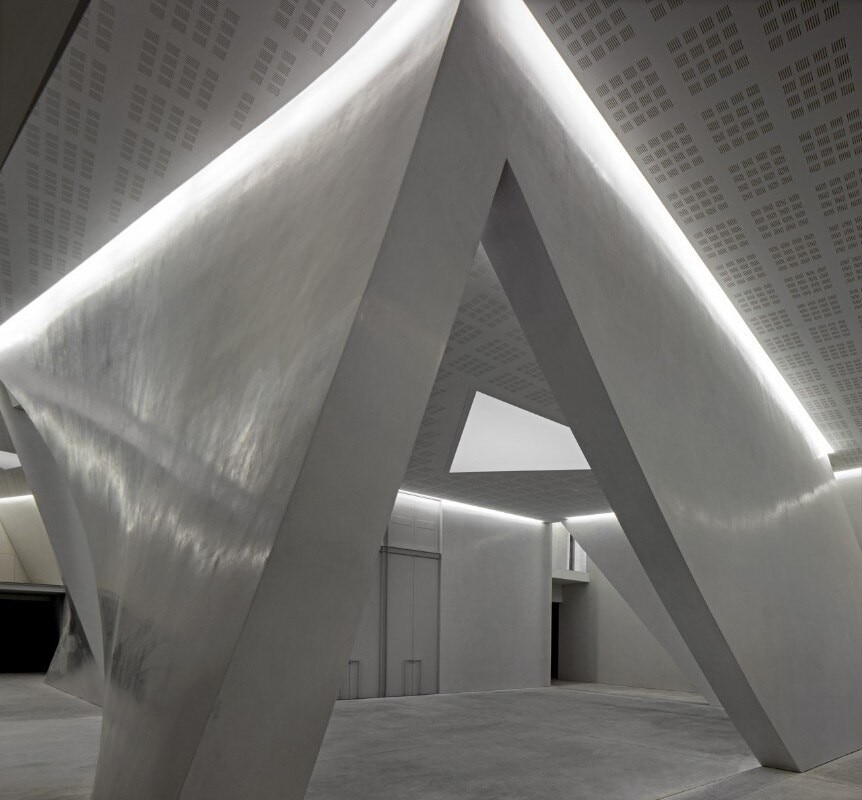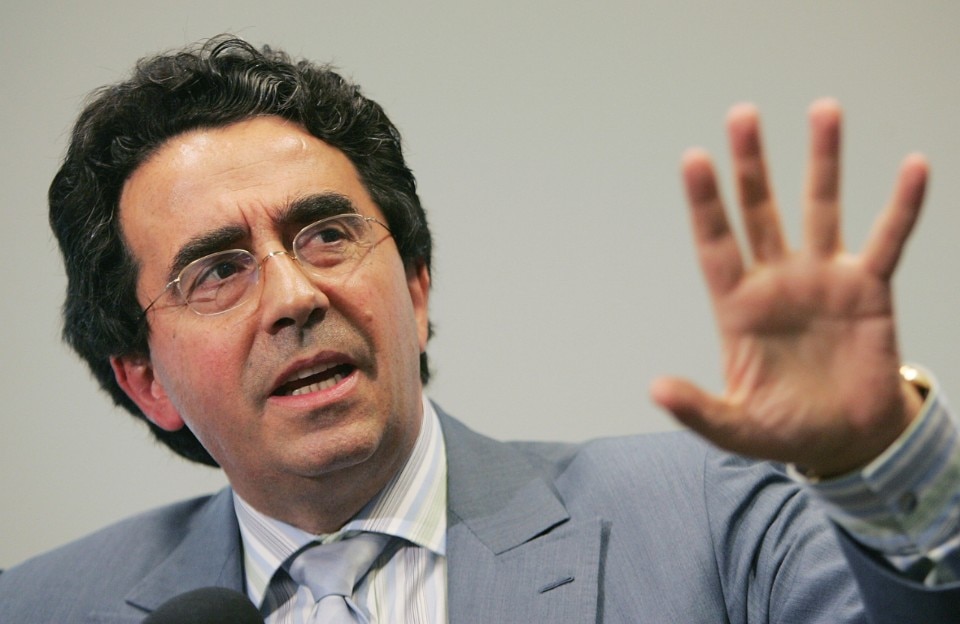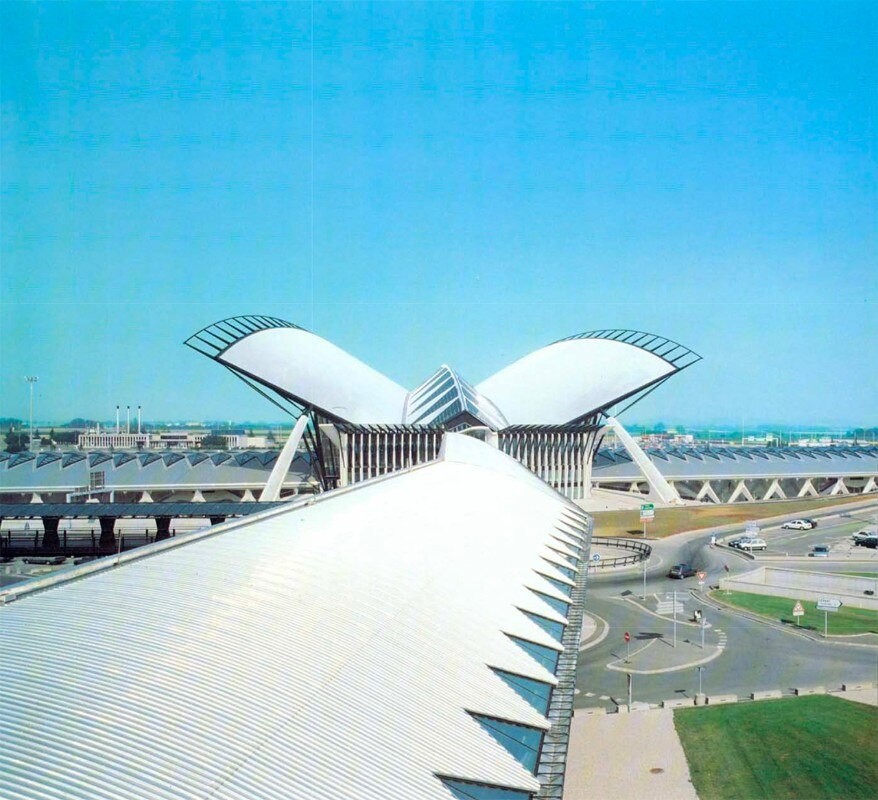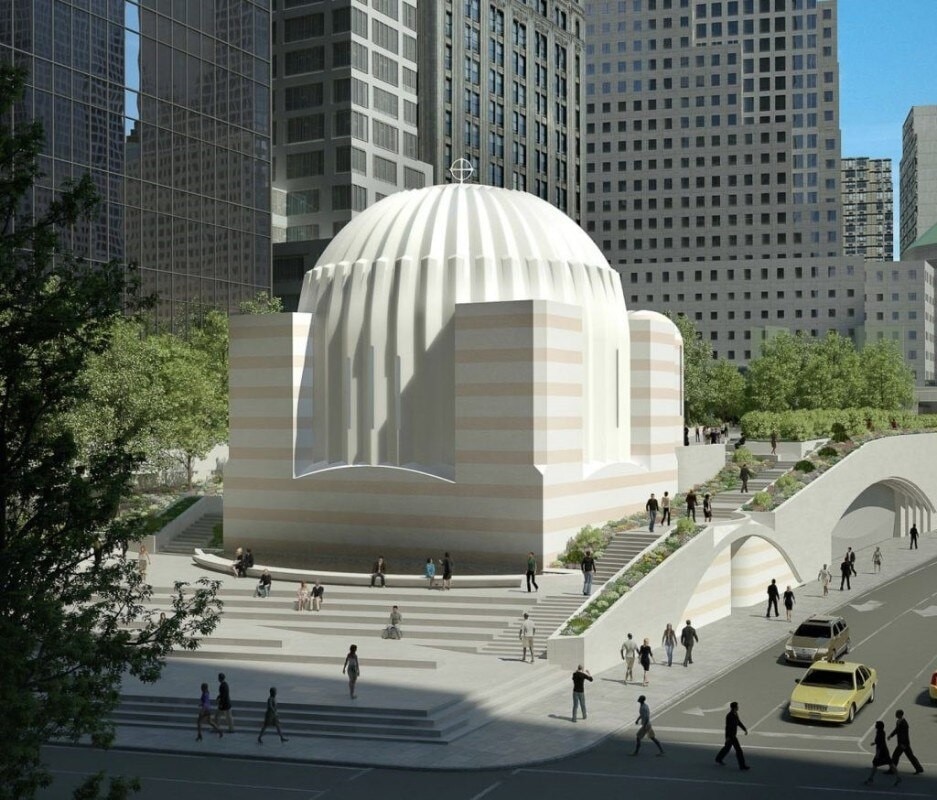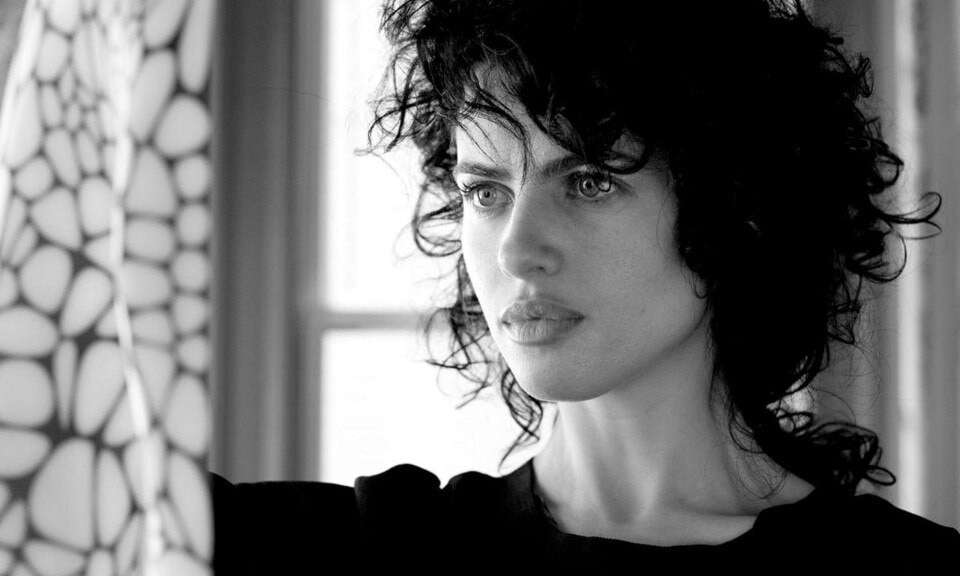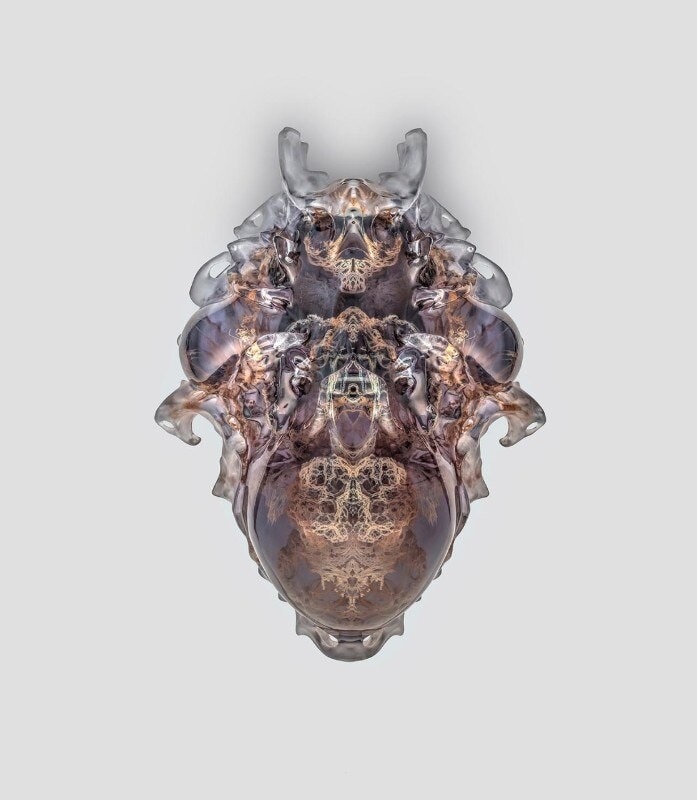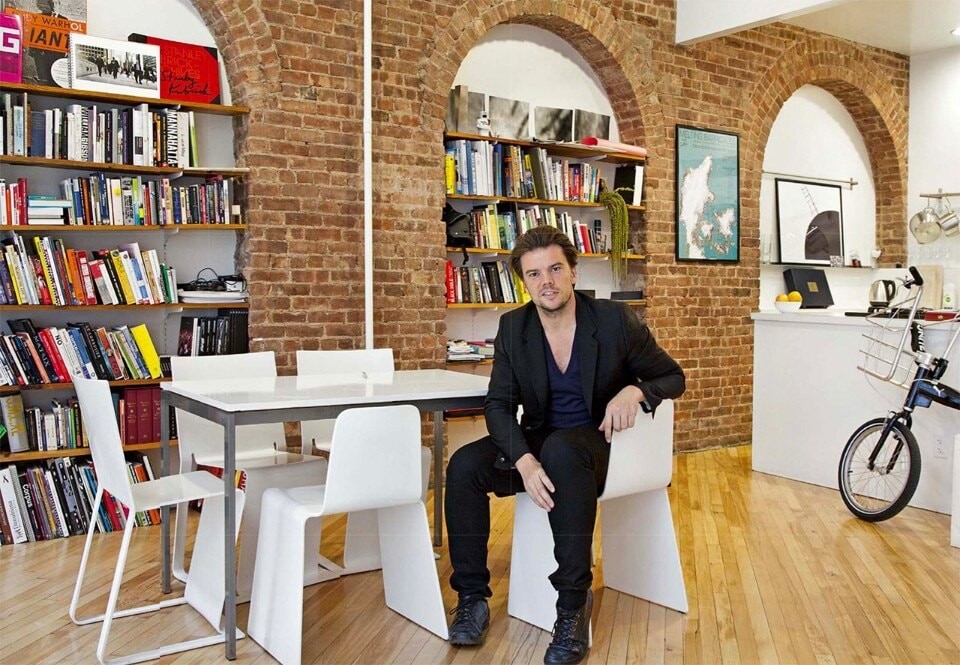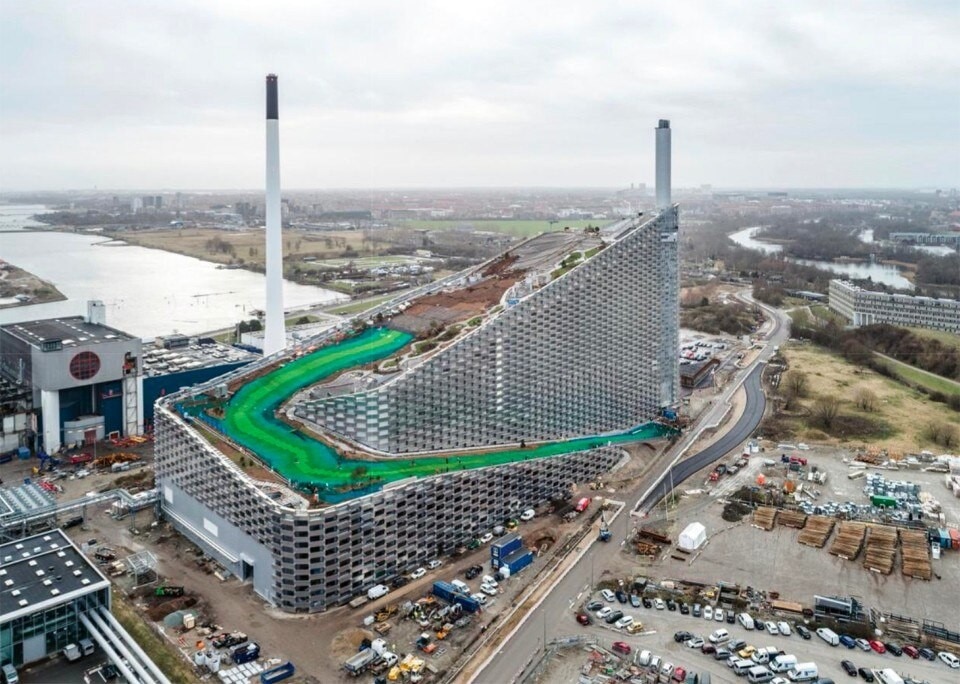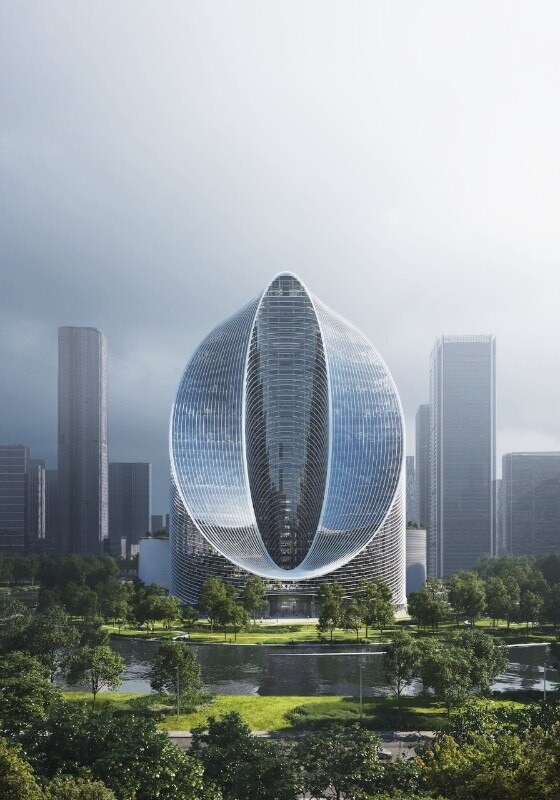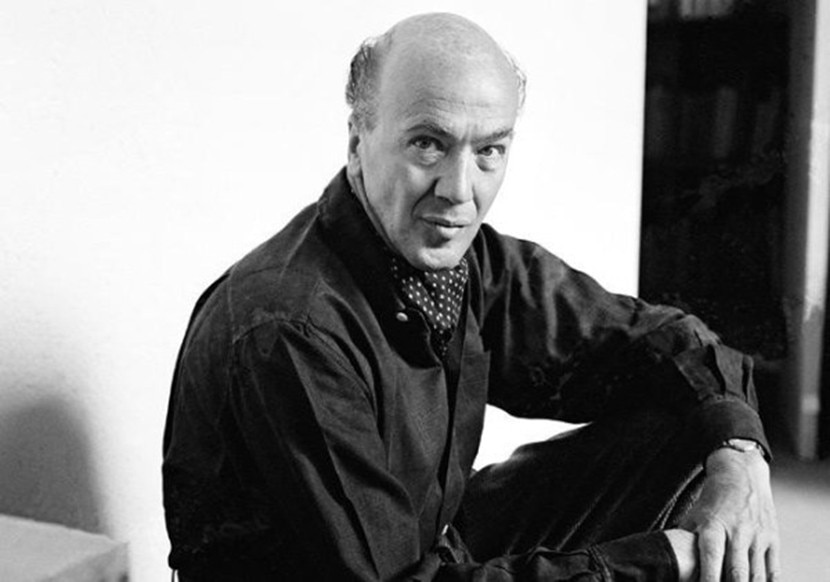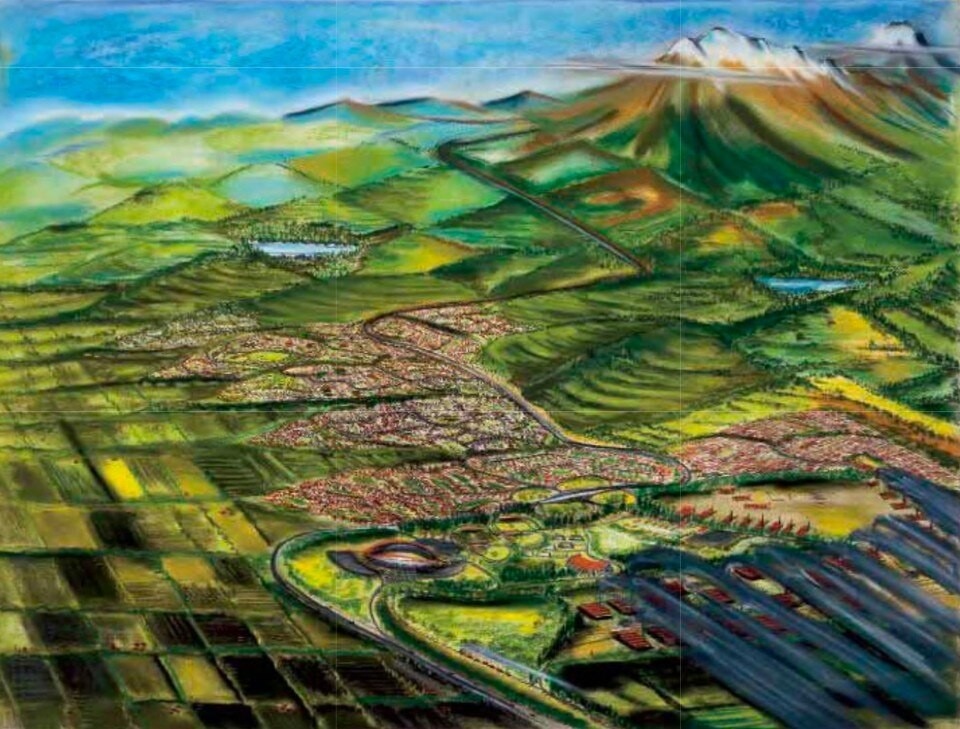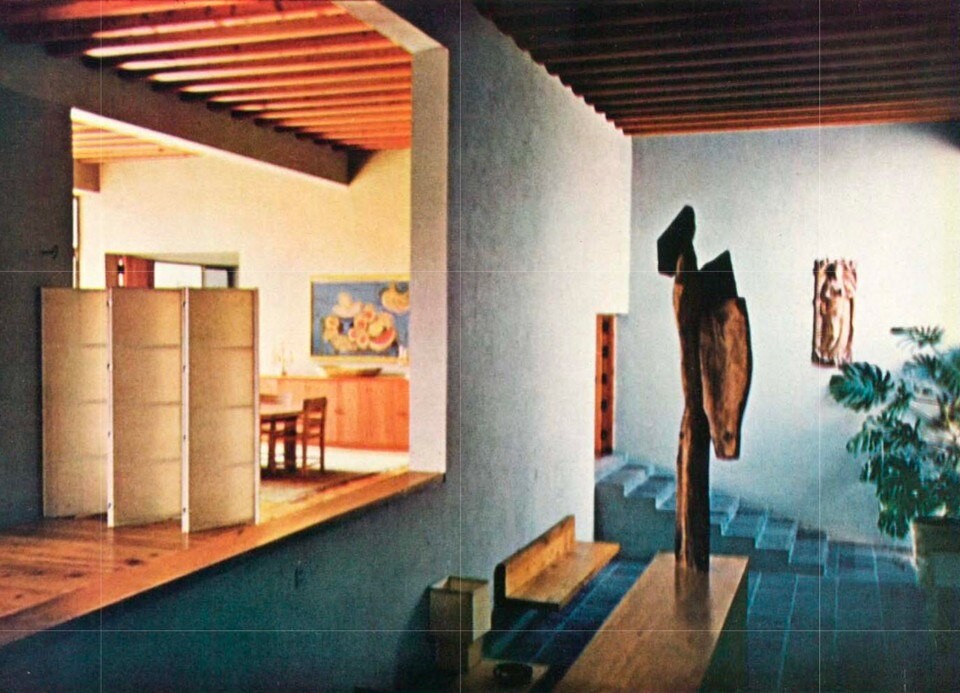Which architects and designers are the most clicked on the internet? The ranking of the 15 most searched of them on Google over the last three months, in English and worldwide, confirms some assumptions but is also filled with surprises. When investigated on the basis of specific questions, the simple list of names lends itself to considerations of various nature. One can observe, for instance, the balance between the living (eight) and the departed (seven), the dramatic gender gap between two women and 13 men, but also the variety of their geographical origins, from no less than 10 countries: in order of appearance the United Kingdom, the United States, France, Brazil, Italy, Spain, Finland, Japan, Denmark and Mexico.
A more daring exercise, though, would try to reorganize this ranking borrowing an interpretational tool from the history of architecture, that is the subdivision in currents, movements, trends. The mere summary turns into a sort of grand prix – of Formula One, not de Rome – an impossible race between pilots from different generations, made of unexpected over-takings, photo-finish arrivals, fulfilled promises and cruel disappointments.
In first position Zaha Hadid takes the lead of the deconstructivist group, followed by Frank Gehry, fourth overall and the most searched of living architects. No sign of Daniel Libeskind.
Frank Lloyd Wright, runner-up, establishes himself as the most clicked modernist master, passing Le Corbusier, on the lower step of the podium. Oscar Niemeyer’s snow-white carioca modernism earns a good placement in fifth position, Alvar Aalto’s organic modernism barely makes it into the top ten, and Luis Barragan modern Mexico is 15th.
The great absentee of this cordate is Ludwig Mies van der Rohe. Three architects that relate to the high-tech movement, or at least share an interest in the technological component architecture, are able to qualify: Norman Foster in sixth position, Renzo Piano in eight position and Santiago Calatrava in 12th position. The team is completed by designers Philippe Starck, seventh, and Neri Oxman, 13th, the evergreen Antoni Gaudí, ninth, the poetic postmodern Tadao Ando, 11th, and the superpop post-postmodern Bjarke Ingels, 14th.
The reasons behind this rankings are manifold and very complex, not necessarily relating to the designers’ quality and to the value of their works, nor this is not the place to elaborate on this issue.
Nonetheless, at the end of this first overview, one can suggest that it would be interesting to check the variations of these figures over time, to understand how they are impacted by the character’s fame on the long run, taste fluctuations in the medium term and the news of events directly involving them.


